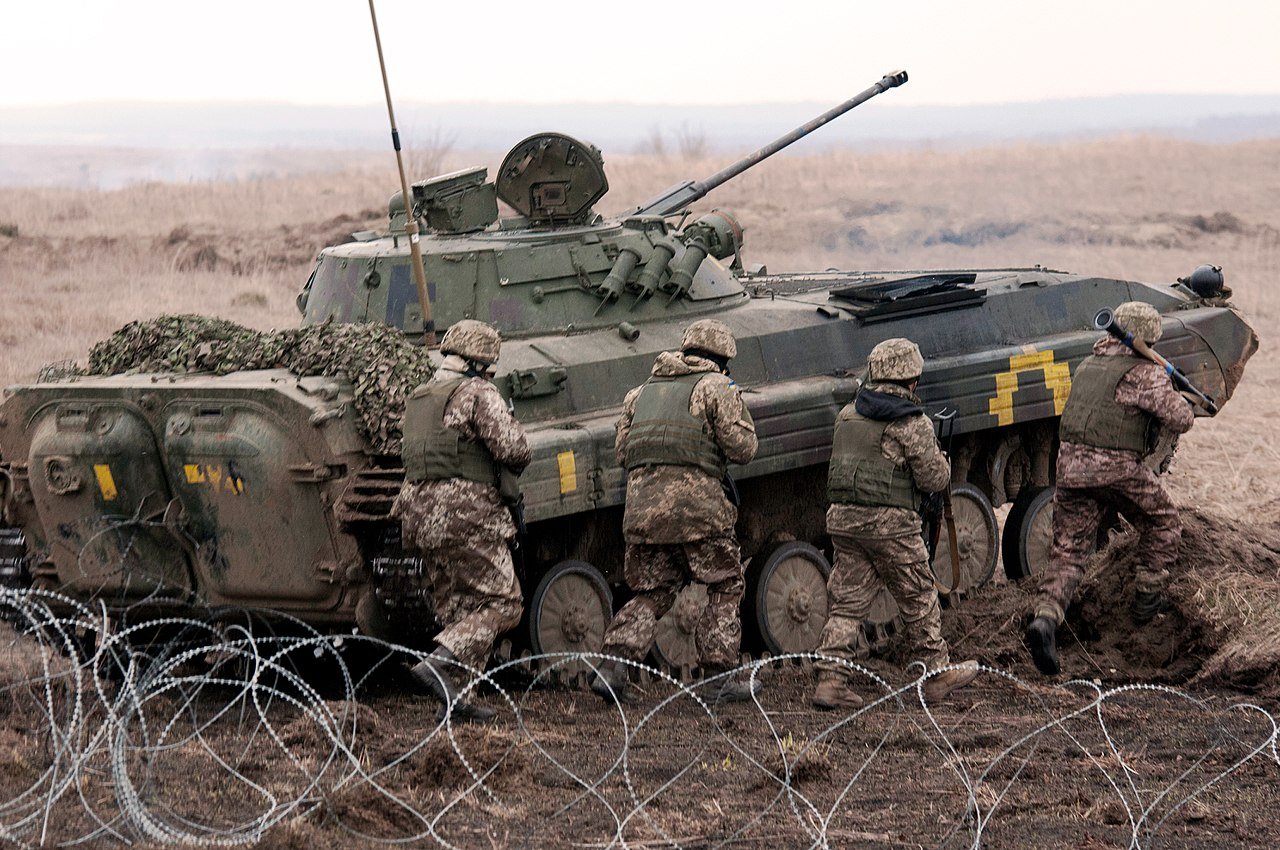

Countries worldwide spent a record $2.72 trillion on their militaries in 2024, according to new data from the Stockholm International Peace Research Institute (SIPRI). The 9.4% increase from 2023 marks the biggest spike in arms spending since the Cold War. Global military spending averaged $334 per person.
It was the tenth straight year of growth, with over 100 countries raising their defense budgets. Researchers say the surge was fueled by rising global tensions and active conflicts, especially in Europe and the Middle East.
The United States remained the top spender, putting $997 billion into its military, 37% of the world’s total. China followed with an estimated $314 billion. Russia came next at $149 billion, while Germany and India spent $88.5 billion and $86.1 billion, respectively. Together, these five countries accounted for 60% of all military spending.
NATO member states spent $1.51 trillion combined in 2024, accounting for 55% of global military expenditure. Eighteen of NATO’s 32 members met or exceeded the alliance’s 2% GDP target, up from 11 the previous year.
Russia experienced a significant rise in spending, with a 38% increase in 2023. The country allocated $149 billion to its military, double the amount spent in 2015. This expenditure constitutes 7.1% of its total economy and nearly 20% of its government budget. Israel’s military budget also surged by 65%, while Poland increased its spending by 31%.
Ukraine became the world’s eighth-largest military spender in 2024, allocating $64.7 billion for defense. That figure represented 34% of its economy, the highest military share of any country last year. Since the start of Russia’s full invasion in 2022, Ukraine has rapidly increased its military efforts.
“Ukraine currently allocates all of its tax revenues to its military,” said SIPRI researcher Diego Lopes da Silva. “In such a constrained fiscal environment, it will be difficult for Ukraine to continue to raise its military expenditures.”
Military budgets in Europe climbed by 17% to $693 billion, pushing the region’s total beyond Cold War-era levels. Germany became Western Europe’s top spender for the first time since reunification. In the Middle East, defense spending rose sharply as Israel faced ongoing conflict in Gaza and tensions with Iran and Hezbollah. Israel spent $46.5 billion, 8.8% of its national income.
In Asia, China continued its 30-year streak of rising defense budgets. Its spending is now 59% higher than it was a decade ago. Japan also raised its military budget by 21% to $55.3 billion, the country’s biggest annual increase since 1952.
SIPRI researchers warned that rising defense budgets could force countries to shift funds away from health, education, and social services. “With several unresolved disputes and mounting tensions, these investments risk sending the region into a dangerous arms-race spiral,” said SIPRI director Nan Tian.
